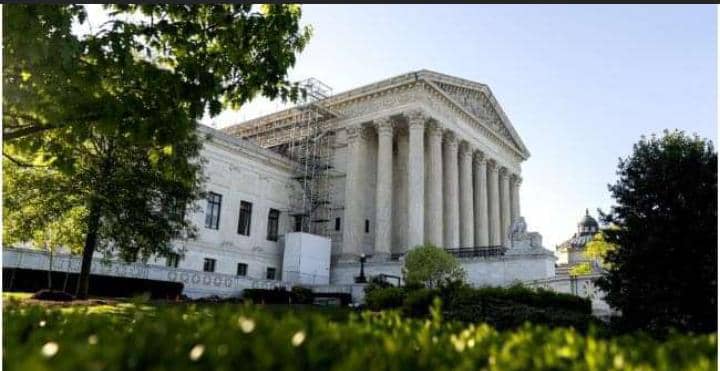The US Supreme Court on Friday upheld a federal law prohibiting domestic abusers from possessing a firearm, the latest legal ruling in the country’s fierce battle over gun rights.
It was the first gun case to come before the court — where conservatives hold a 6-3 majority — since a major decision issued in 2022 loosening gun restrictions.
“When an individual has been found by a court to pose a credible threat to the physical safety of another, that individual may be temporarily disarmed consistent with the second amendment,” Chief Justice John Roberts wrote in the 8-1 opinion.
“Since the founding, the nation’s firearm laws have included regulations to stop individuals who threaten physical harm to others from misusing firearms. As applied to the facts of this case, (the law) fits comfortably within this tradition.”
Gun violence is common in the United States, where there are more firearms than people, and the Gun Violence Archive registered more than 40,000 deaths last year. Attempts to clamp down on gun rights are always met with stiff political resistance.
President Joe Biden welcomed the decision, pointing to his record on strengthening gun safety and ending gender-based violence, and he vowed to push for tougher restrictions.
“As a result of today’s ruling, survivors of domestic violence and their families will still be able to count on critical protections, just as they have for the past three decades,” he said in a statement.
Biden added that he was “firmly committed” to ending violence against women and would push Congress for action to “stop the epidemic of gun violence tearing our communities apart.”
In the 2022 decision, the nation’s highest court said it would authorize only “reasonable” exceptions to the second amendment right to bear arms and would rely on historical precedents when it comes to regulating firearms.
That ruling left lower courts struggling to determine whether gun restrictions before them are consistent with “the history and traditions” of firearms regulation in the United States in the late 18th to the 19th century.











Leave a Reply